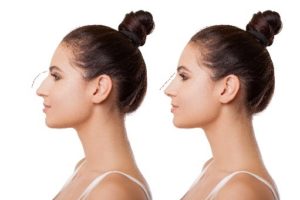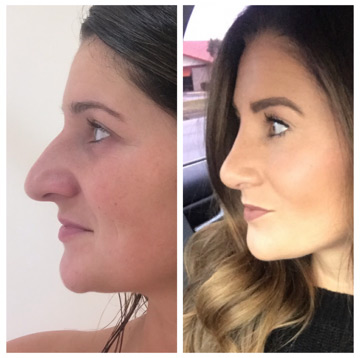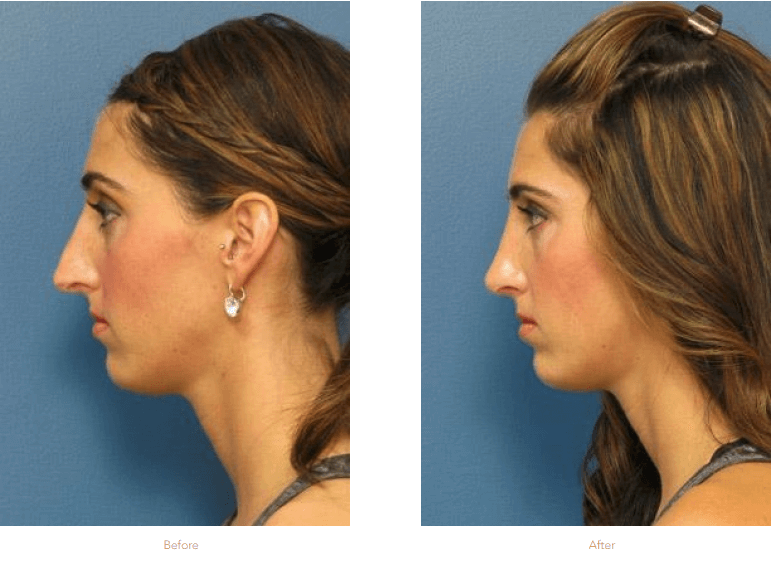Things about Rhinoplasty Austin
Table of ContentsIndicators on Austin Rhinoplasty You Should KnowNot known Factual Statements About Rhinoplasty Surgery Austin An Unbiased View of Rhinoplasty Surgery AustinExcitement About Rhinoplasty Surgery Austin
Ultrasonic nose surgery uses piezoelectric instruments (scrapers rasps, saws) that affect just the bones and the stiff cartilages through ultrasonic vibrations, as the instruments utilized in oral surgery. Using piezoelectric instruments needs a more prolonged technique than the isial one, permitting to imagine the entire bony vault, to reshape it with rhinosculpture or to mobilize and support bones after controlled osteotomies.Usually, the plastic surgeon initially separates the nasal skin and the soft tissues from the osseo-cartilagenous nasal structure, and after that reshapes them, sutures the cuts, and uses either an external or an internal stent, and tape, to incapacitate the recently reconstructed nose, therefore help with the recovery of the surgical cuts.

To tape the "before-and-after" physiognomies of the nose and the face of the client, the particular visual point of views needed are pictures of the nose viewed from the anteroposterior (front-to-back) perspective; the lateral view (profiles), the worm's- eye view (from listed below), the bird's- eye view (overhead), and three-quarter-profile views. Picture A. Open nose surgery: At nose surgery's end, after the plastic surgeon has sutured (closed) the incisions, the fixed (new) nose will be dressed, taped, and splinted immobile to allow the continuous recovery of the surgical incisions.
Photograph B. Open nose surgery: The brand-new nose is prepared with paper tape in order to get the metal nasal-splint that will incapacitate it to maintain its appropriate shape as a brand-new nose. Photo A. Open nose job: Pre-operative, the standards (purple) made sure the cosmetic surgeon's precise incisions in cutting the nasal problem correction plan.
Unknown Facts About Rhinoplasty Surgery Austin

Open nose surgery: After the preliminary taping of the nose, a personalized, metal nasal-splint, developed, cut, and formed by the cosmetic surgeon, is emplaced to debilitate and secure the tender tissues of the brand-new nose during convalescence. Picture D. Open nose job: The taping, emplacement of the metal splint, and dressing of the brand-new nose finish the nose job procedure - rhinoplasty surgery austin.
Photograph 2. Open nose surgery: The right lower lateral cartilage (blue) is exposed for correction. Picture 1. Open nose surgery: The columellar incision defined as a red-dot standard, will assist the cosmetic surgeon in the accurate suturing of the nose. Photograph 4. Rhinoplastic correction: A nasal-hump excision strategy; the black line delineates the dorsal airplane of the new nose.
Open rhinoplasty: the nasal suggestion is sutured to narrow the nose. Picture 1. Open nose surgery: The cuts are endonasal (in the nose), and hence are concealed. The skin-incision to the columella aids the cosmetic surgeon in exactly suturing to conceal the scarexcept for the columellar incision (red-dot standard) across the nasal base.
Photograph 2. Open nose job: The nasal interior. The scissors indicate the lower lateral cartilage (blue), which is among the wing-shaped cartilages that adhere the suggestion of the nose. The rugged red delineation suggests the place of the columellar incision. As soon as the skin has been raised from the bone-and-cartilage framework, the surgeon carries out the nasal correction tasks.
Austin Rhinoplasty Can Be Fun For Anyone
Open nose job: To narrow the idea of a too-wide nose, the surgeon first identifies the reason for the excess nasal width. The suture being emplaced will narrow the tip of the nose. The red delineation indicates the edge of the nose-tip cartilage, which is narrowed when the cosmetic surgeon tightens the folded cartilage peak.
Photograph 4. Nasal hump excision: The black delineation indicates the desired nose-reduction result: a straight nose. The nasal hump is bone (red) above the scalloped grey line, and cartilage (blue) below the scalloped grey line. The cosmetic surgeon cuts the cartilage part of the hump with a scalpel, and chisels the bone part with an osteotome (bone sculpt).

Although a lot of modification nose job treatments are "open technique", such a correction is more technically complicated, usually because the nasal support structures either were deformed or ruined in the main nose job; hence the surgeon should re-create the nasal support with cartilage grafts harvested either from the ear (auricular cartilage graft) or from the rib cage (costal cartilage graft).
In reconstructive rhinoplasty, the flaws and deformities that the cosmetic surgeon encounters, and need to restore to regular function, type, and look consist of broken and displaced nasal bones; disrupted and displaced nasal cartilages; a collapsed bridge of the nose; hereditary problem, trauma (blunt, permeating, blast), autoimmune disorder, cancer, intranasal drug-abuse damages, and stopped working primary nose job results.
All about Rhinoplasty Austin
When cartilage is rhinoplasty surgery austin disrupted, suturing for re-suspension (structural support), or making use of cartilage grafts to camouflage an anxiety permit the re-establishment of the typical nasal shape of the nose for the patient. When the bridge of the nose is collapsed, rib-cartilage, ear-cartilage, or cranial-bone grafts can be used to restore its structural stability, and hence the visual continuity of the nose.